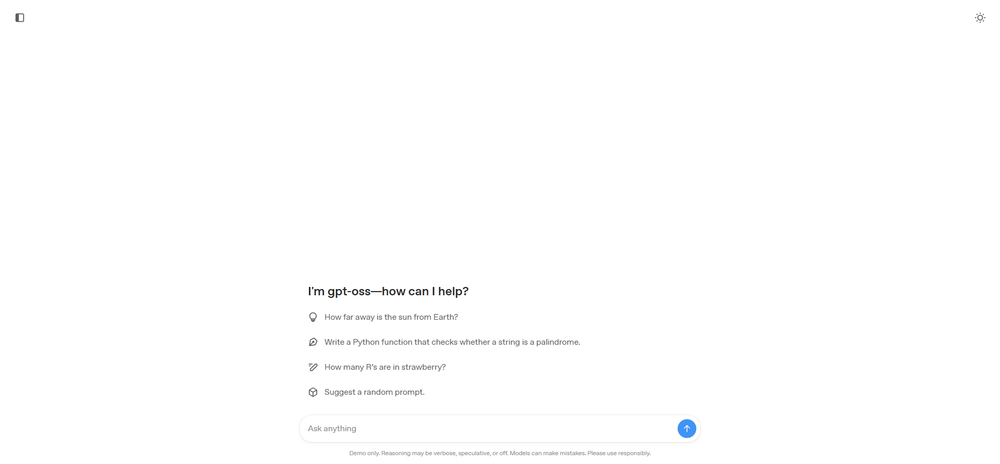Step1X-Edit is a newly released open-source image editing framework designed to deliver performance comparable to proprietary models such as GPT-4o and Gemini 2 Flash.
Key Features
Integration of Multimodal Large Language Model (MLLM) and Diffusion Model (DiT):
Step1X-Edit combines the Qwen-VL multimodal large language model with a diffusion image transformer, enabling it to efficiently interpret user editing commands and generate high-quality target images. This integration allows the model to understand complex natural language instructions and produce corresponding image edits with high accuracy.
Natural Language Editing:
Users can perform image editing through simple natural language commands such as “change the background to a starry sky” or “make the character’s outfit vintage style.” This intuitive interaction greatly simplifies and enhances the flexibility of the editing process.
High-Precision Region-Level Control:
The model supports precise editing of specific regions within an image. Users can target specific text, textures, or colors while maintaining overall stylistic consistency. This feature is especially useful for applications requiring high visual coherence, such as e-commerce and social media imagery.
Identity Consistency Maintenance:
Step1X-Edit preserves facial features, posture, and identity traits during image editing, ensuring that the edited image remains consistent with the original in these key aspects.
Open Source and Commercial Use:
Released under the Apache 2.0 license, Step1X-Edit is free for use and modification, including for commercial purposes. This open-source approach encourages community collaboration and promotes transparency in technology.
High-Quality Dataset and Evaluation Benchmark:
The research team has built a large-scale, high-quality dataset containing millions of training samples and developed the GEdit-Bench benchmark to better evaluate editing performance and outcomes.
Flexible Hardware Requirements:
While high-resolution image generation (e.g., 1024x1024) may require significant GPU memory (around 50GB VRAM), the model also supports lower resolutions to accommodate users with limited hardware capabilities.
Application Scenarios
Social Media Content Creation:
Users can quickly edit and enhance images for social media—adjusting backgrounds, adding effects, or modifying elements—to boost visual appeal and engagement.
E-commerce Product Display:
Retailers on e-commerce platforms can use the model to refine product images by changing backgrounds, lighting, or colors to showcase items more attractively and draw in more buyers.
Virtual Human and Character Design:
Step1X-Edit is ideal for creating and modifying virtual characters while maintaining facial and identity consistency, making it especially useful in game development and animation production.
Advertising and Marketing:
Marketers can rapidly generate ad creatives aligned with brand identity by using natural language instructions for personalized image editing, enhancing both effectiveness and appeal.
Art and Design:
Artists and designers can use Step1X-Edit for creative image manipulation, experimenting with different styles and effects to explore new artistic expressions.
Education and Training:
Educators can create engaging learning materials using image editing, enhancing the interactivity and appeal of educational content to help students better grasp complex concepts.
Personal Photo Editing:
Everyday users can easily enhance personal photos—beautifying portraits, applying style transfers, or swapping backgrounds—to meet common image editing needs.




